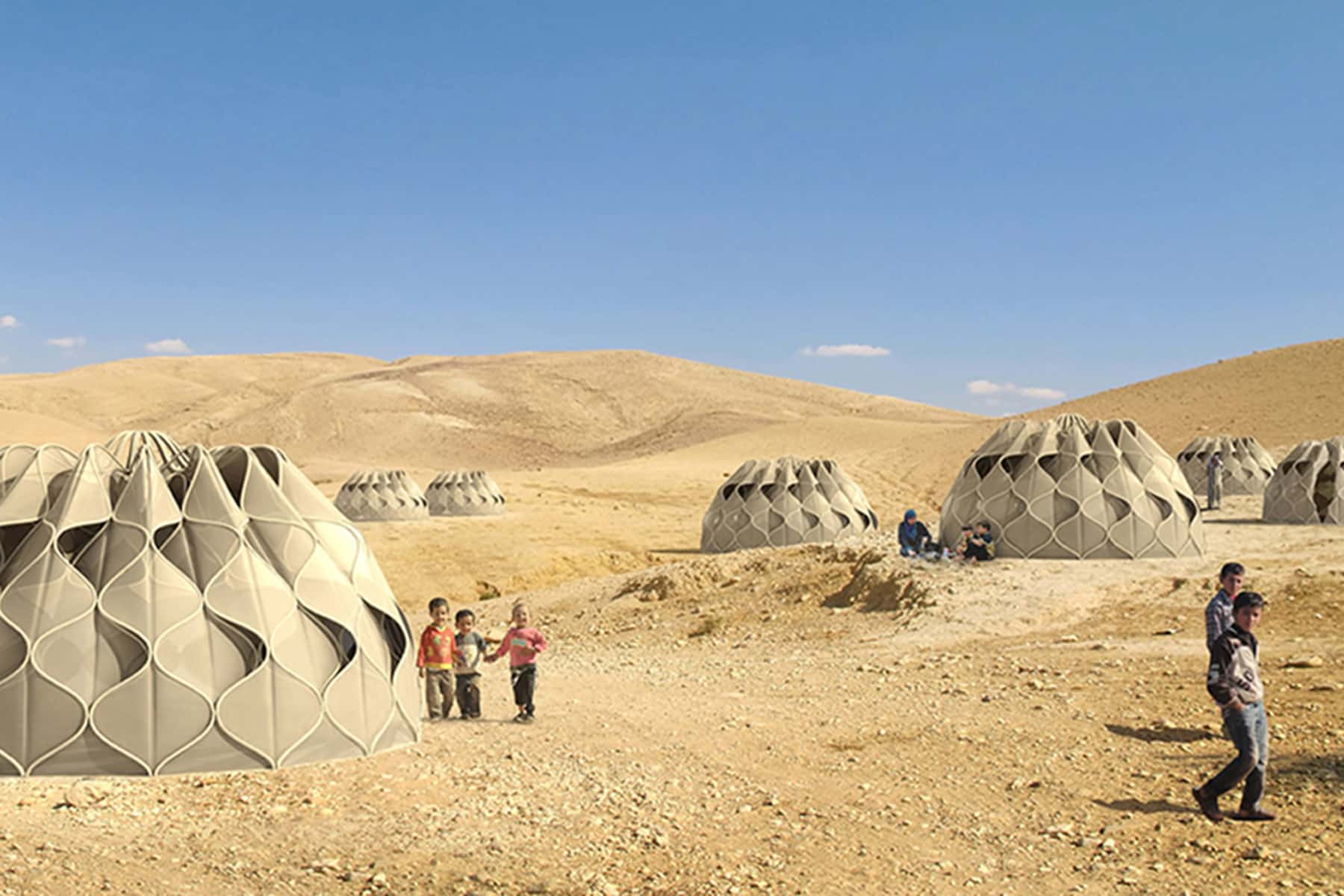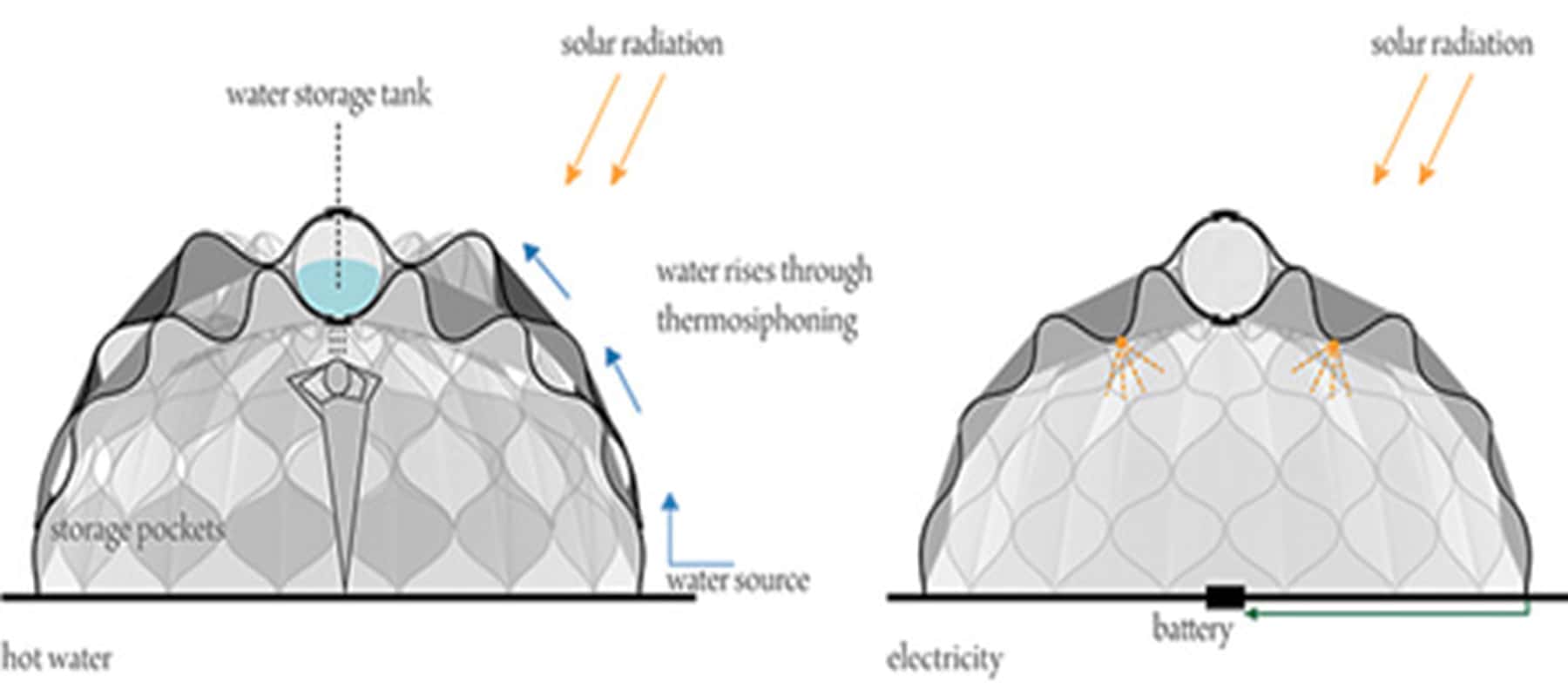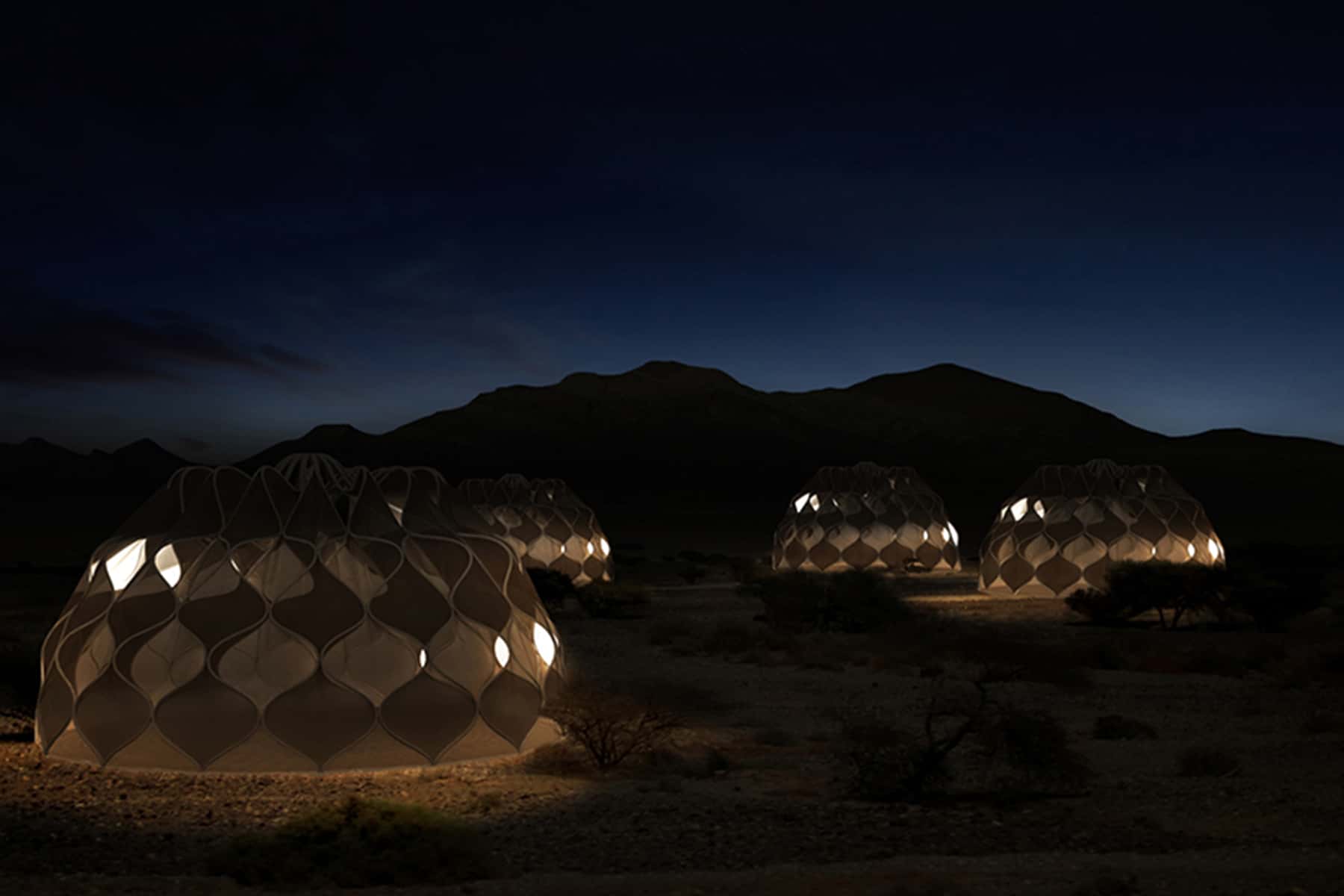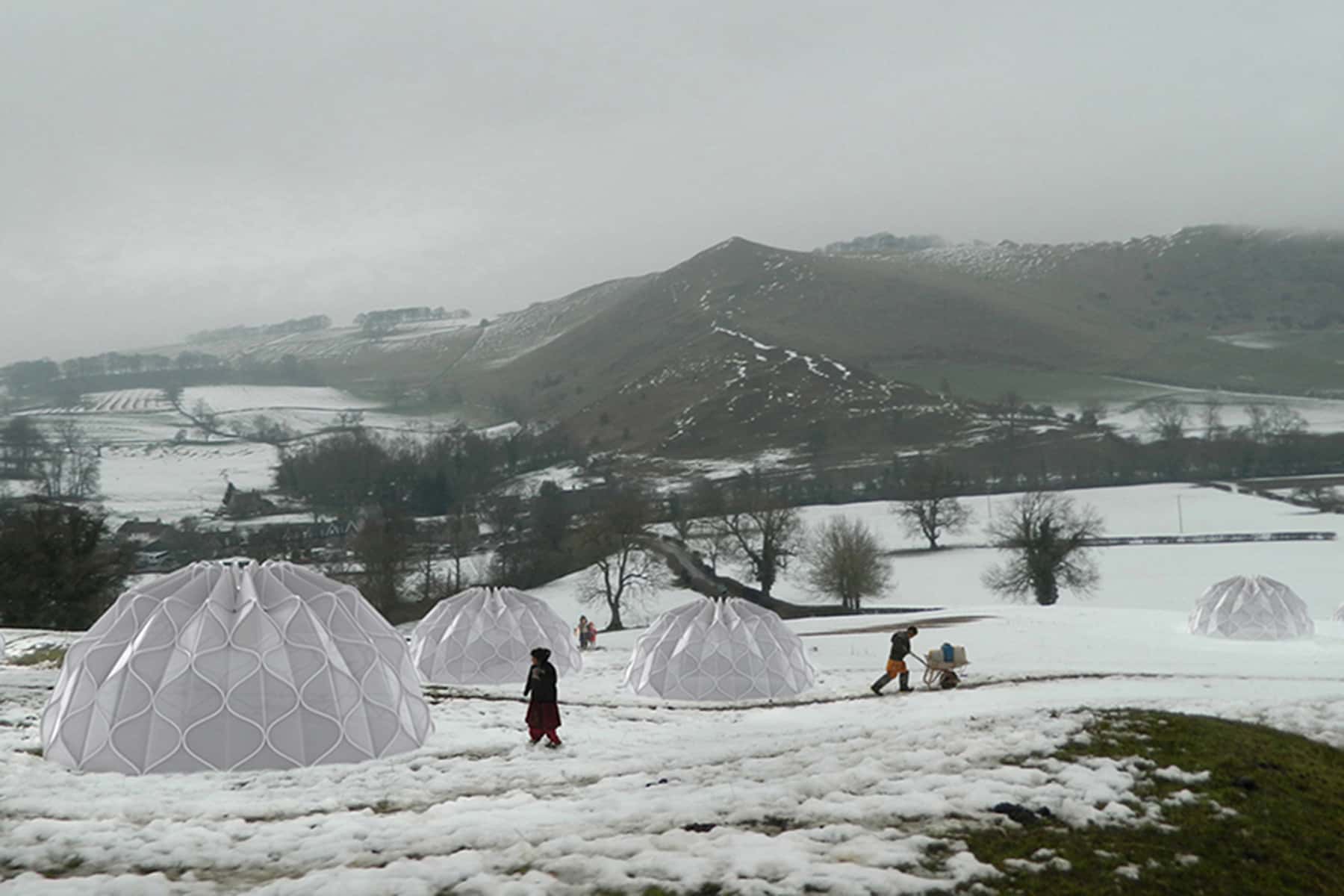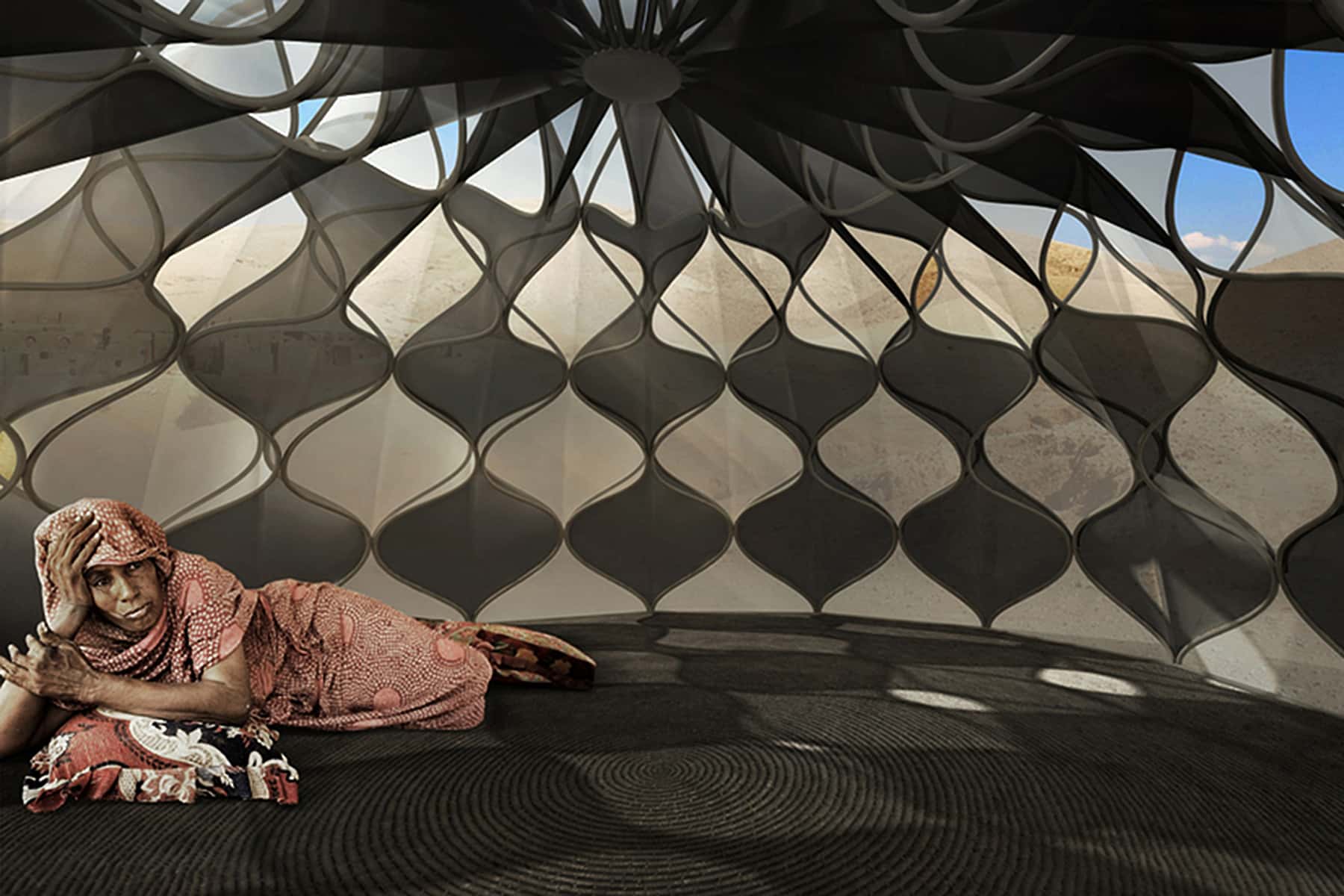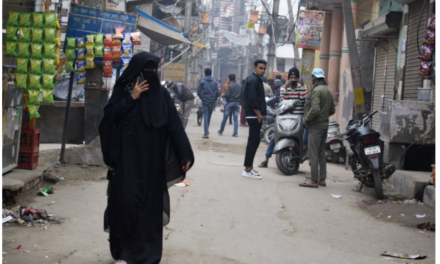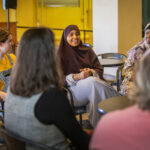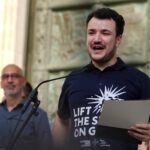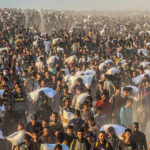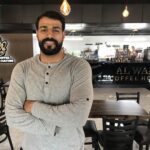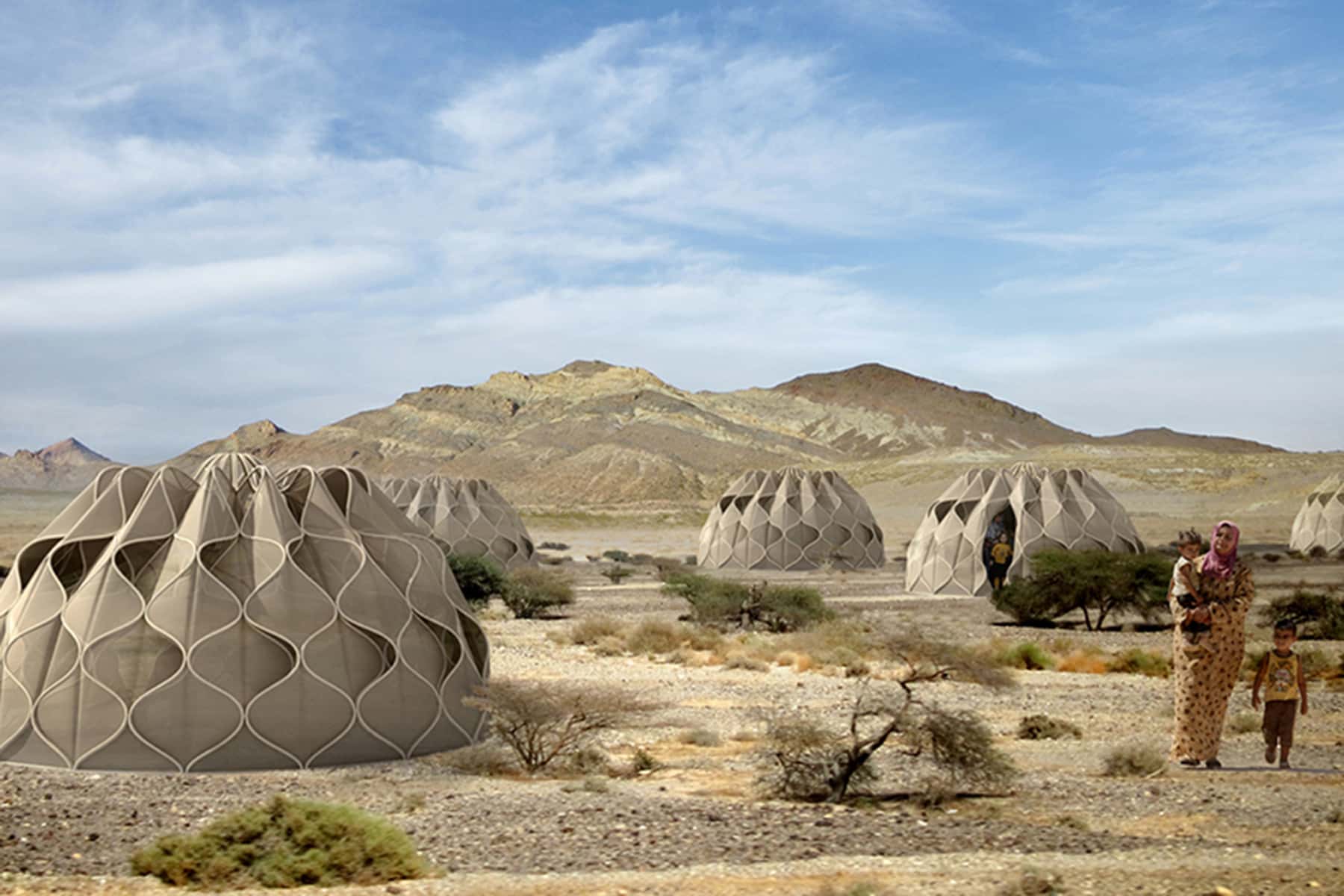
It is estimated that nearly 20% of people in the world live without homes or adequate shelter. In reality, this number is probably far higher. And, it also means that these people have no access to water, cooking and heating facilities, or sanitation.
To solve this truly massive global issue, one visionary female artist may have the answer. Inspired by the plight of Syrian refugees unfolding on her doorstep in the Middle East, Abeer Seikaly set to work to find a way of helping. The Jordanian architect, artist and designer created a beautiful and supremely practical housing solution, came up with a design prototype and won the international Lexus Design award.
There are one billion people globally that live without adequate shelter, and a rapidly growing proportion of this population that are being forced to live semi-permanently out of their environment or who are transient. So this whole idea and focus of researching a shelter building process with several communities has really been integral to the development and research I’ve been conducting.
She has been working on developing a prototype for four years. At this stage, she’s done a mock-up tent and is working right now on the second mock-up, which should be developed by next year. It will hopefully be a fully functioning prototype, which she plans to test on an expedition to the Mount Everest summit.
Her beautiful aesthetic design is influenced by her experience of the Bedouin culture. Abeer says she has a passion for geometry and a deep love of nature. All of this came together in her design, which is inspired by elements of nature such as snakeskin, nomadic life, and cultural traditional elements like weaving.
The weather proof, strong but lightweight and mobile fabric tent gives refugees shelter and hope for a new life as well as beauty, after experiencing the darkness of war and destruction.
The flexible, dual layer structure has the ability to close out the cold of winter and wet weather. It also opens up to allow cool air in and hot air out in summer. She has thought of every basic need and as a result, the tent collects water as well as provides electric power through solar energy hitting the tent fabric. This energy is then stored in a battery for use at night, providing renewable electricity. Rainwater is collected in the top of the tent and filters down the sides so the tent does not become flooded. The tent also has the ability to become a showering facility, with water being stored in pockets on the side and drawn upwards via a special system.
Innovative Ideas and Innovative Methods
Her innovative design employs building methods and materials that are not yet available, so much of her research has been into developing new materials and ways of construction.
We are collaborating with a London based engineering firm for the structural and geometrical aspects of the form. There is a lot research happening in various universities and areas that are exploring textiles on different levels, and developing new smart textiles. I’m working on two different scales: the scale of form, its geometry and structure how it reacts to the environment, what the functions are, but also working on material research and the atomic, the geometry of the material itself.
She also uses materials from communities where her tents will be used. The designer worked in India using water hyacinth as a building material. The hyacinth is a weed that grows in rivers and is causing problems for locals by blocking waterways and preventing oxygen from filtering into the water. The local women harvest the plant, dry it and use it for craft related designs.
What I did with this community was to find a way to use that material in a different way and to conceive something that is more of a habitat allowing these communities to think beyond object based craft and more about imagining living spaces with this material.
The world today is evolving fast, with technology and the breakdown of global boundaries, communication, and travel. Abeer feels it is important to address the question of what it is to have a home in the 21st century.
Our modern shelters are really evolving from a growing focus of observing and reacting to current culture and nature culture, because of our search for dominating instead of reacting to nature. We have become very removed and we’re not as connected to nature and to our environment in the way that our ancestors have been and so the response to that has been quite different. Because of urbanization and technology and all of these different things so I really kind of want to go back to the basic understanding and connection to nature.
Refugee Cities
Her idea comes as humanitarian experts propose turning refugee camps into enterprise zones called ‘refugee cities.’
The US NGO Refugee Cities, is founded by Michael Castle Miller, who said the idea would benefit both refugees and the host country. In the NGO’s report, it is argued that existing aid strategies have failed and that refugees are avoiding camps due to the lack of opportunities they offer.
“Modelled after the most successful special economic zones in the world, refugee cities work within political realities to create jobs for refugees and their neighbours, while achieving a return for investors,” says the report.
“Surrounding communities would enjoy new investment and infrastructure, and governments would welcome refugees as a benefit rather than a burden.”
Climbing Mount Everest
Abeer Seikaly planned to take her tent up Everest for in a test run, to see how it fares against the world’s toughest elements. Invited by Jordanian mountaineer, Mostafa Salameh, who has climbed the seven summits, she will be joining a team of women for the trip.
I saw it as an opportunity to take my tent with me and test it out in harsh weather conditions but also use the platform of the climb in order to respond and raise awareness, of children suffering from inadequate shelter, so it’s more personal challenge meets professional calling.
She will also use her trip to raise awareness about the global need for adequate shelter.
The situation right now with the climate, environmental, political and social level is really dire. I think that we need to all – as capable citizens and also as skilled professionals – really reflect on our role in the societies in which we live and life in general. We need to ask: Why am I here and what am I doing? What am I contributing to society?
Abeer Seikaly has experienced the challenges of trying to get a visionary design out into the world, to bring an idea into reality and solve a problem. This has required her to have steely resilience and inner resources.
I really truly, genuinely believe that anything is possible. If you believe in an idea and you are motivated to work hard and are patient and practice, then things happen. It’s kind of like giving yourself up to the flow of things and of life and moving with the flow really, with proper attention to something and integrity in what you’re doing.
Azriel ReShel
Abeer Seikaly
Originally published as Amazing New Solution for the Homeless and Refugees
